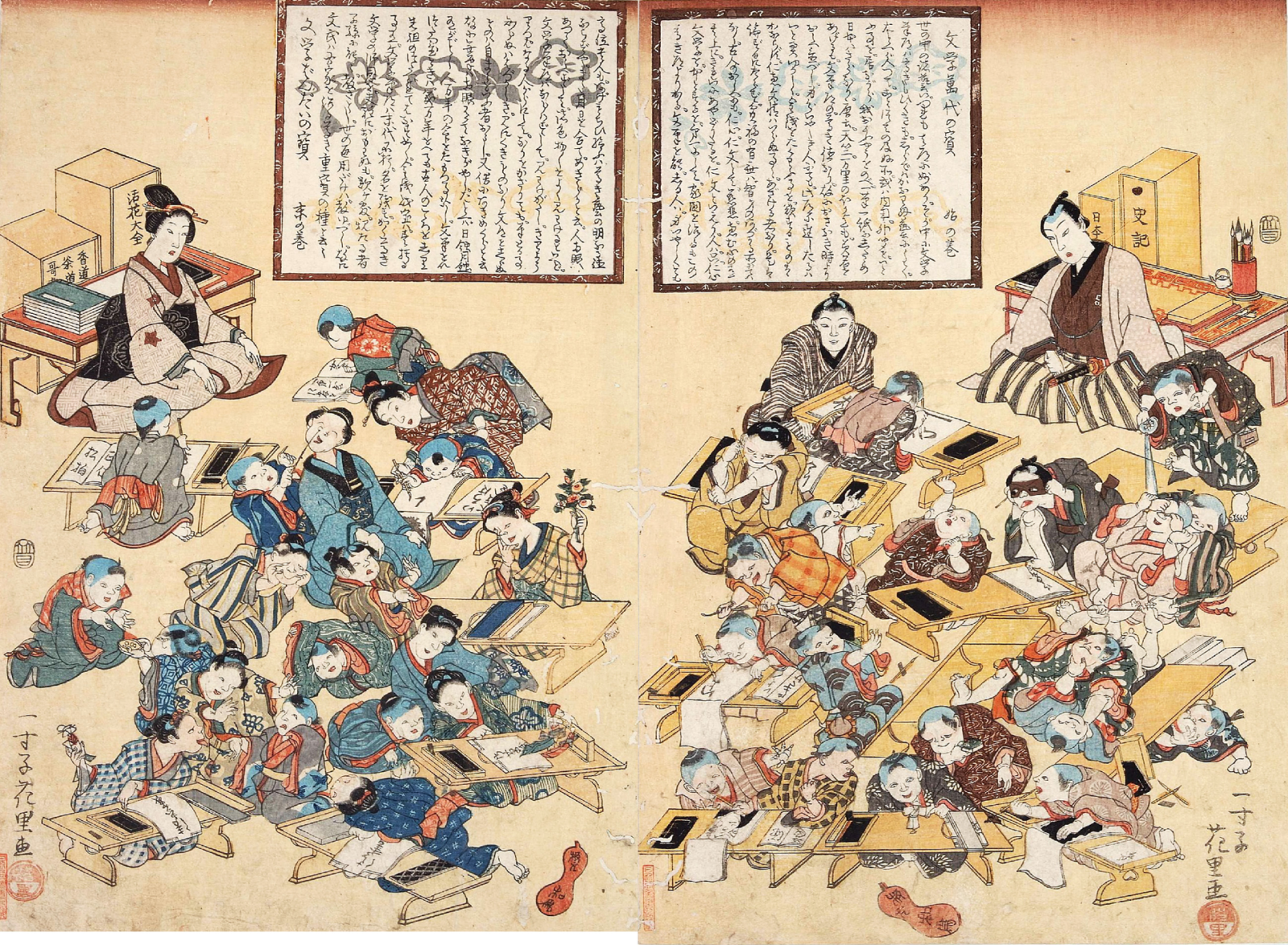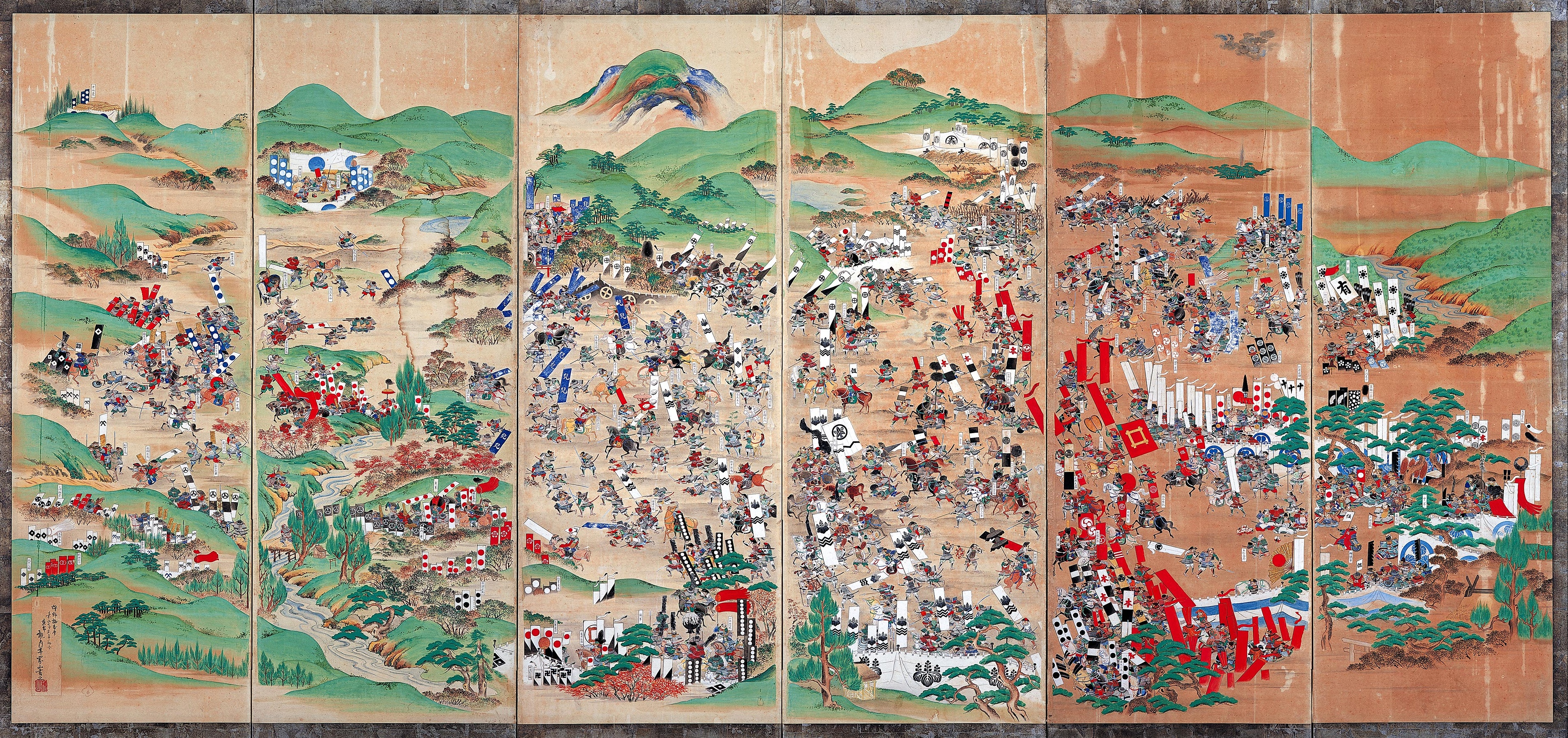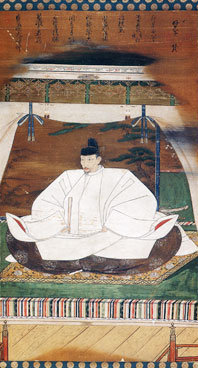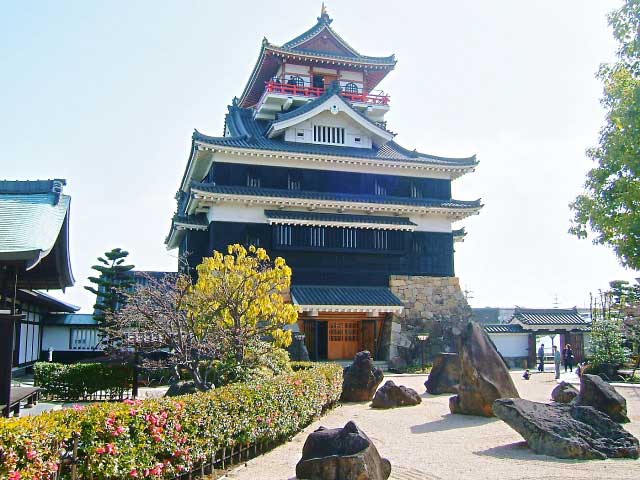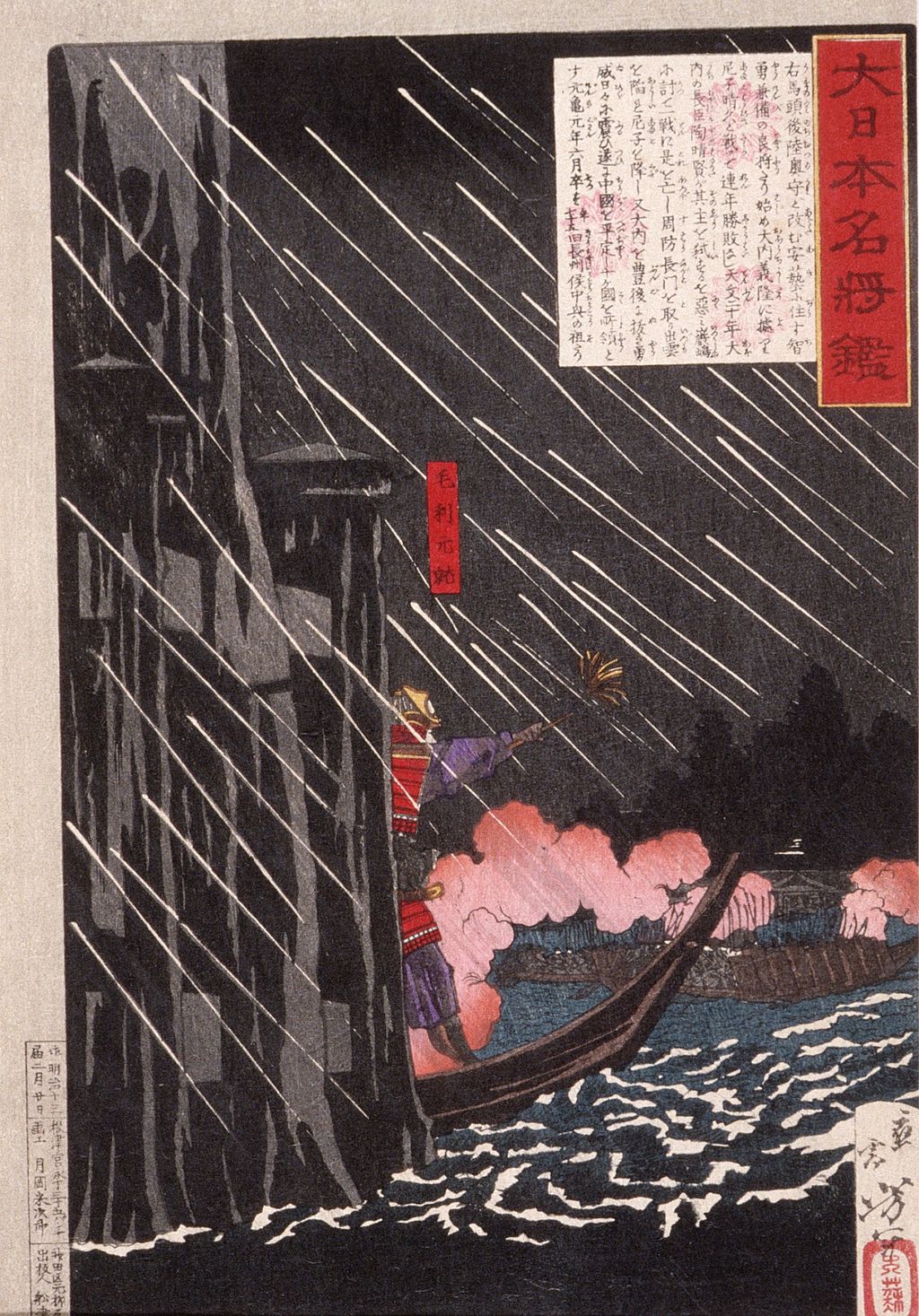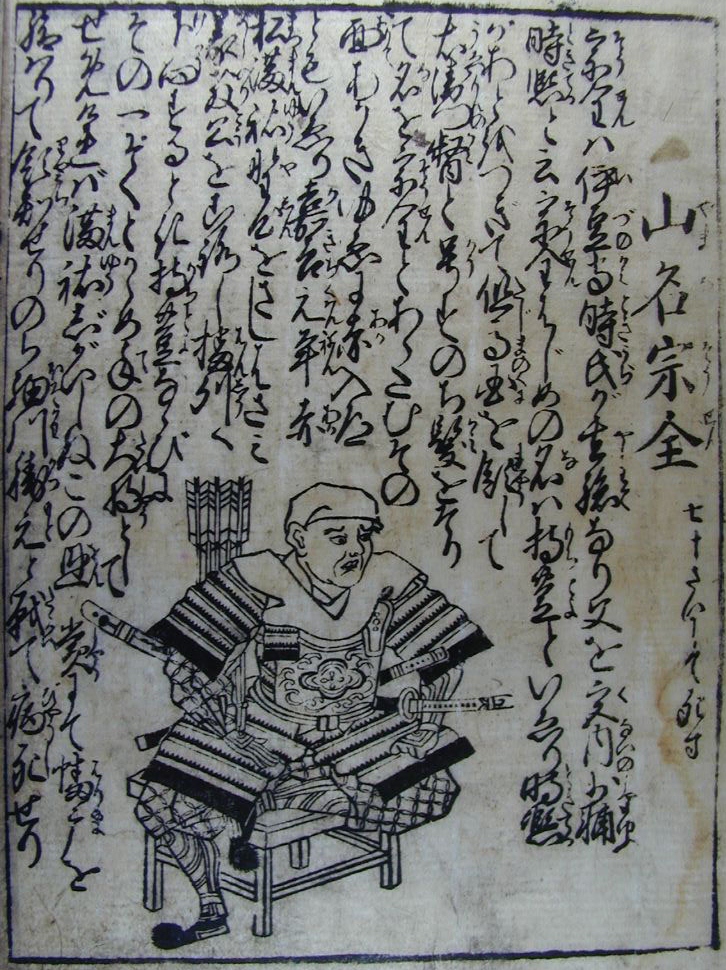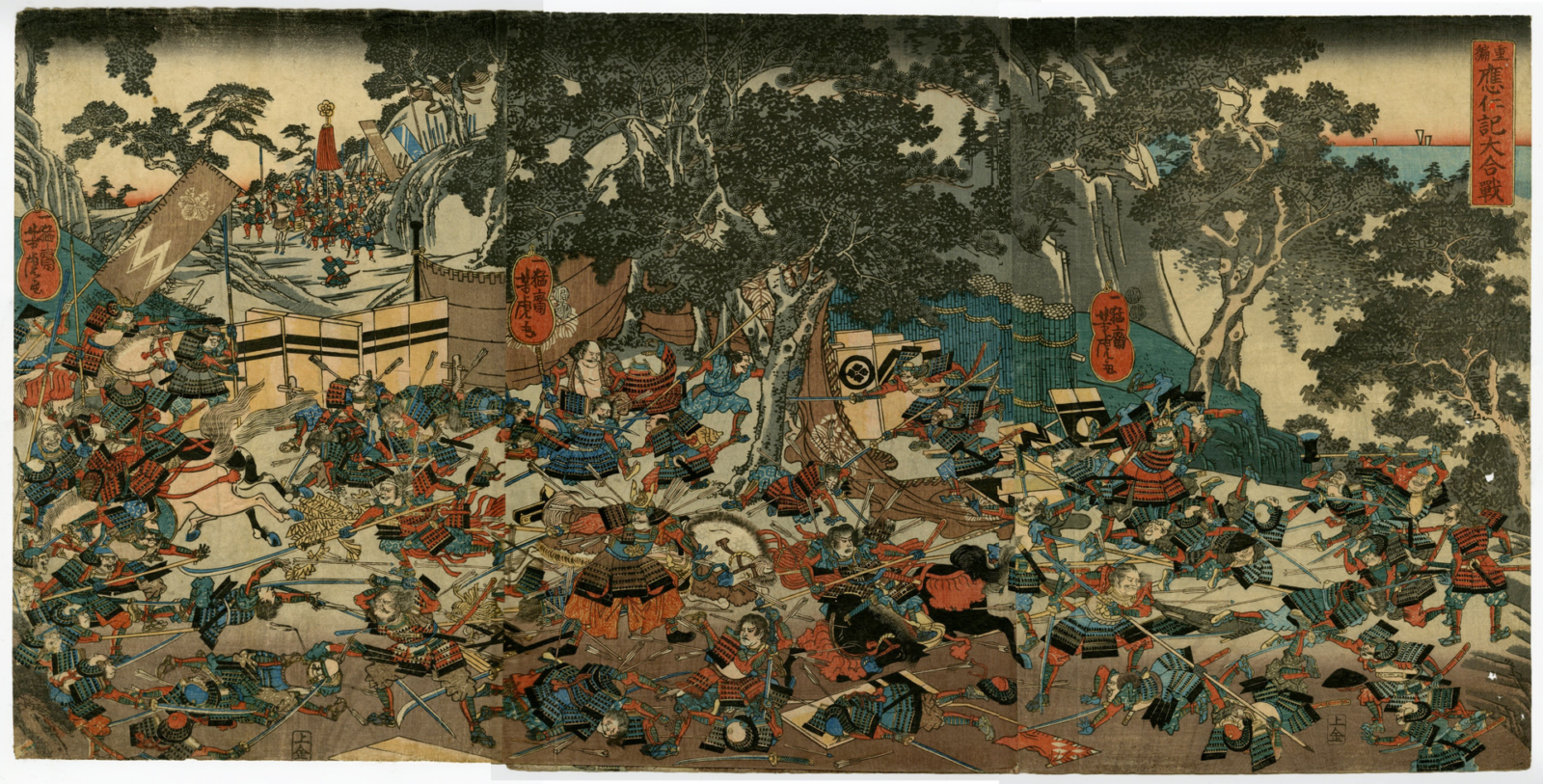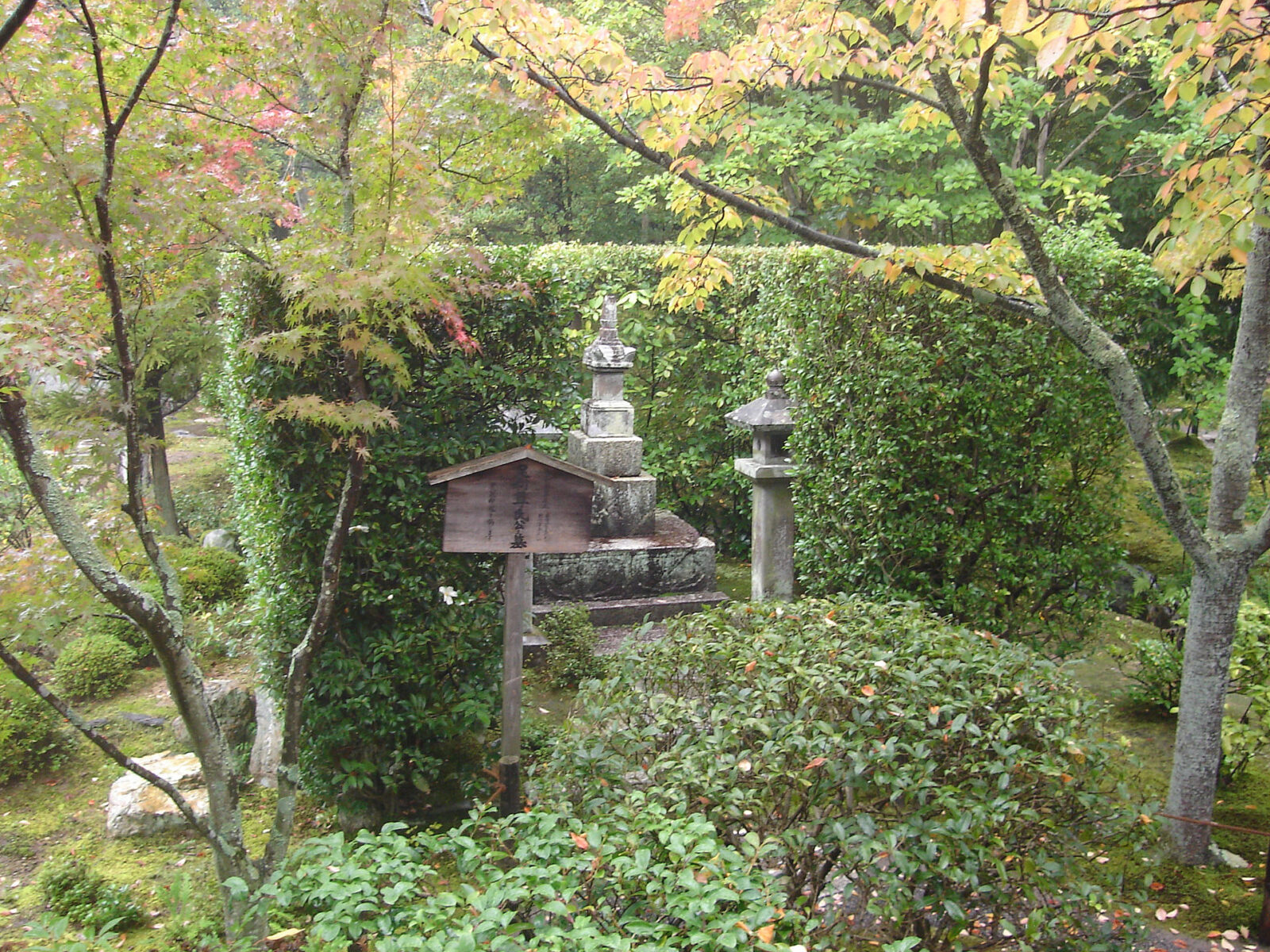This week on the Revised Introduction to Japanese History: what was life in the Edo period like? We cover everything…
This week on the Revised Introduction to Japanese History: how did the Tokugawa bakufu operate? What did the political structure…
This week on the Revised Introduction to Japanese History: Hideyoshi may have brought peace, but Tokugawa Ieyasu would be the…
With Nobunaga dead, we turn our attention to one of his generals: Hashiba Hideyoshi, who would take up leadership of…
This week on the Revised Intro to Japanese History: the beginning of the end of the age of war and…
This week on the Revised Intro to Japanese History: the social, religious, and economic changes of the Sengoku period. Though…
This week, we look at the flip side of the chaos of the Sengoku era in the form of two…
This week on the Revised Introduction to Japanese History: our first foray into the age of civil war! We’re looking…
This week: the Muromachi bakufu comes crashing down, thanks to a combination of structural weaknesses and a shogun who is…
This week: Go-Daigo’s regime collapses, and a second samurai government, the Muromachi bakufu, emerges. How did Ashikaga Takauji successfully establish…
